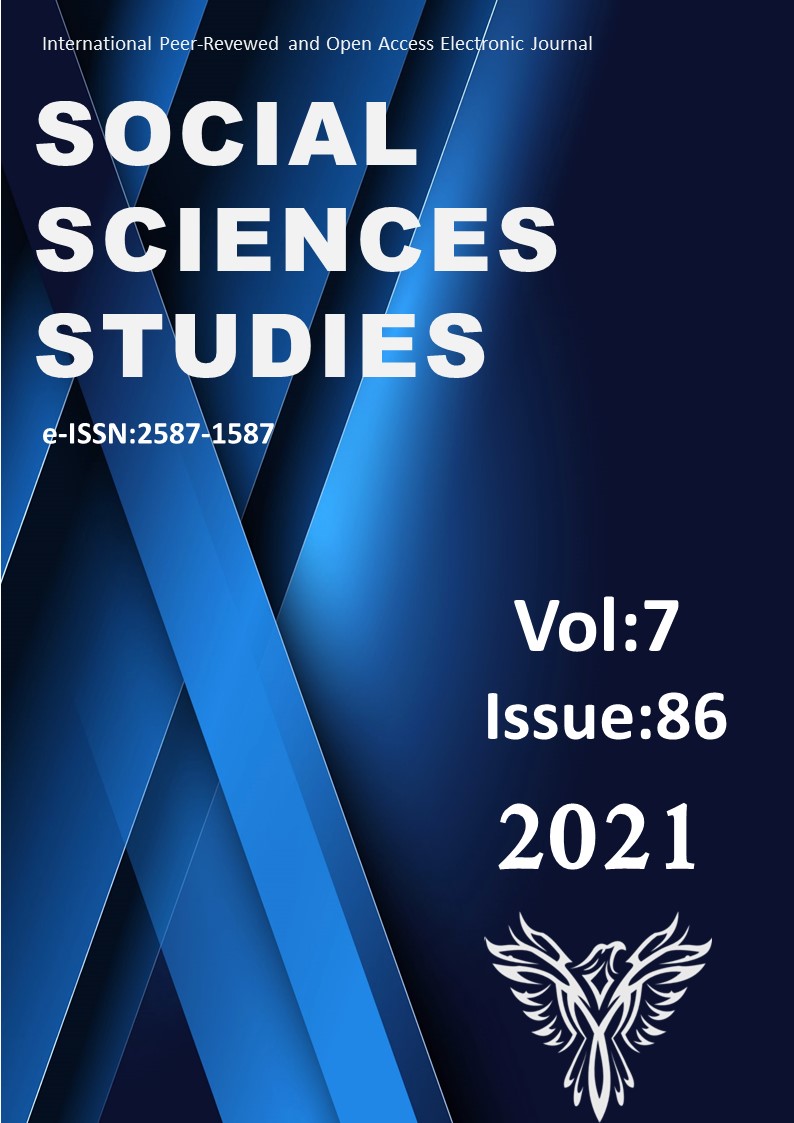Author :
Abstract
Akademik ve iletişim yönleri ile Arapça gramerin iyi bilinmesi hiç şüphesiz kişinin, bu dil ile iletişim kurabilmesi ve yazılı işitsel yönleri ile Arapçayı kavrayabilmesine bağlıdır. Özellikle de dini anlamda Kur’ân’ın ve Hadislerin asıl mana ve maksatlarını ortaya koyabilmesidir. Zira Arapça, dünya üzerinde en çok mensubu bulunan dinlerden İslâm dininin dilidir ve dünyada en çok kullanılan diller arasındadır. Bu nedenlerle bu dili öğrenmek isteyeyen kişi, cümle yapısını, cümleyi oluşturan kelimeleri ve bu kelimelerin cümleye kattığı anlamları çok iyi bilmeli ve ona göre kullanmalıdır. Arap dilinde sıfat-ı müşebbehe ve Mübâlağa vezinlerinin yapısı ve cümle içinde kullanımında ifâde ettiği anlamlar, bu dil ile ilgilenenler için karmaşık olan konulardandır. Bu sebeple tezimizde amacımız araştırmacılara kolaylık sağlamak için, hem sıfat-ı müşebbehe vezinlerini, hem de mübâlağa vezinlerini, ayrı ayrı bölümler hâlinde sarf (morfoloji/çekim) ve nahiv (sentaks/gramer) yönünden değerlendirimektir. Her ikisinin vezinleri/kalıpları örneklendirilecek ve cümleye kattığı anlamlar kısa ve öz olarak izah edilecektir.
Keywords
Abstract
A good knowledge of Arabic grammar in terms of academic and communication aspects undoubtedly depends on one's ability to communicate in this language and to comprehend Arabic with its written and auditory aspects. Especially in the religious sense, it is able to reveal the true meaning and purpose of the Qur'an and Hadiths. Because Arabic is the language of the religion of Islam, one of the religions with the most members in the world, and it is among the most used languages in the world. For these reasons, the person who wants to learn this language should know very well the sentence structure, the words that make up the sentence and the meanings these words add to the sentence and use it accordingly. The structure of the adjective musebbehe and mubâlaga meters in the Arabic language and the meanings they express in their use in sentences are complex issues for those who are interested in this language. For this reason, our aim in our thesis is to evaluate both the adjective-i musebbehe meters and the exaggeration meters in terms of morphology/conjugation and syntax (syntax/grammar) in separate sections for the convenience of researchers. The scales/patterns of both will be exemplified and the meanings they add to the sentence will be explained briefly and concisely.





